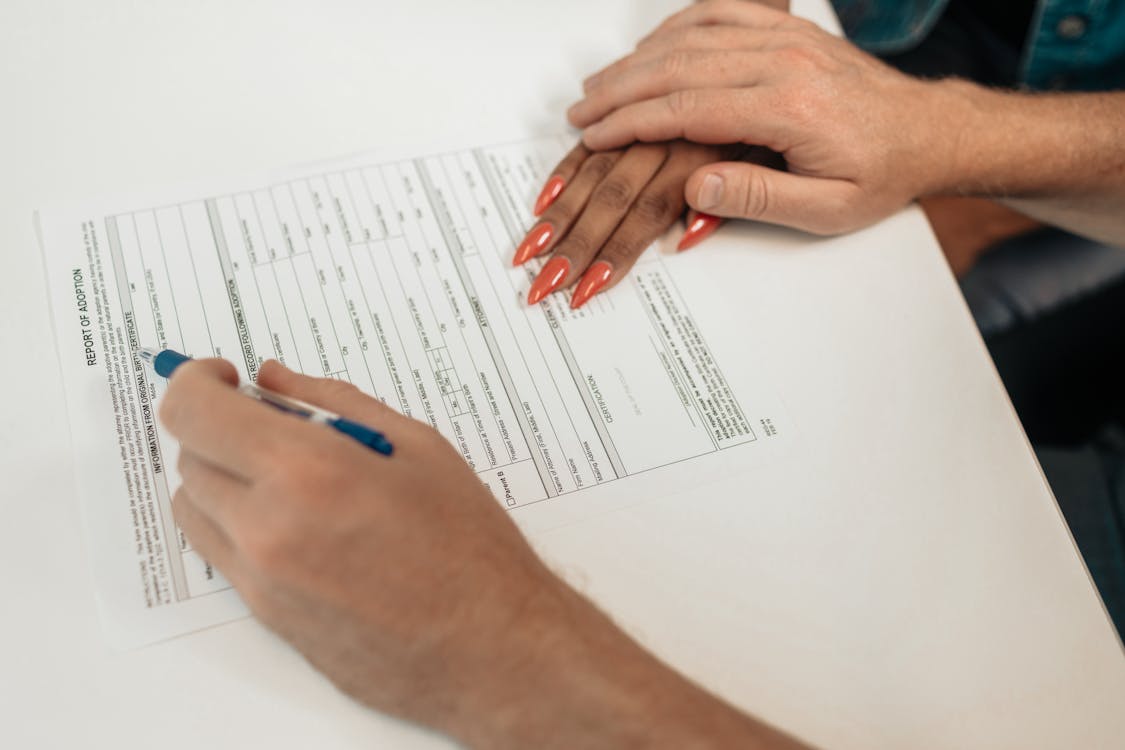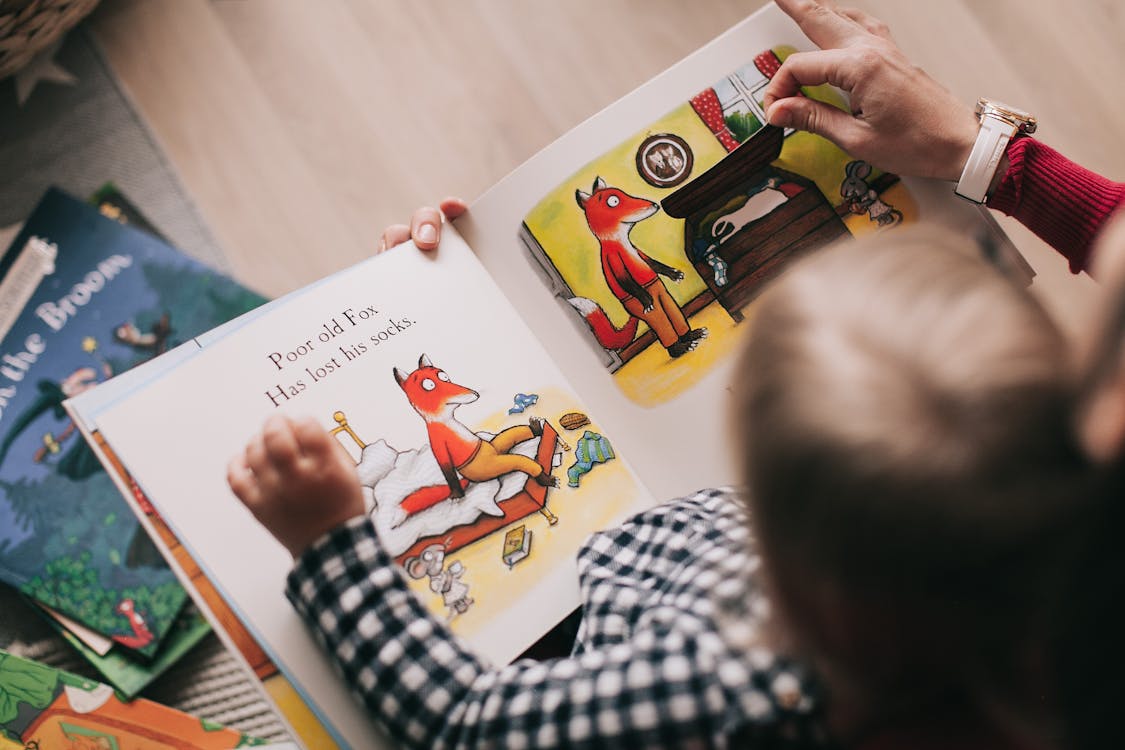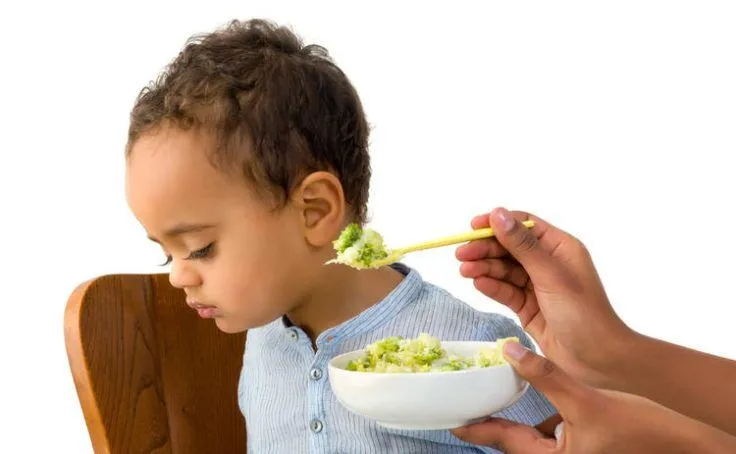Table of Contents
- Why Does STEM Play Matter So Much for Young Children?
- Setting the Stage: Creating a STEM-Friendly Play Environment
- Awesome STEM Play Activities for Little Explorers
- Integrating STEM into Everyday Routines
- Tips for Parents and Educators: Guiding STEM Exploration
- Conclusion: Building a Future, One Block at a Time
Unlock Your Child’s Inner Genius: Fun and Engaging STEM Play Activities for Young Learners
Ever watched a toddler stack blocks until they tumble, meticulously arrange pebbles in a line, or splash water with joyous abandon? Believe it or not, you’re witnessing the very foundations of scientific inquiry and engineering marvel! Children are natural explorers, born with an innate curiosity about how the world works. Tapping into this curiosity through play is the most powerful way to introduce them to the wonders of STEM (Science, Technology, Engineering, and Math).
Forget sterile labs and complex equations. For young learners – toddlers, preschoolers, and early elementary kids – STEM learning happens best when it’s hands-on, messy, and, most importantly, fun! It’s about exploring cause and effect, building and tinkering, noticing patterns, and asking endless questions. Integrating STEM play activities into your child’s routine doesn’t require expensive kits or advanced degrees; it just takes a little creativity and a willingness to embrace the playful chaos.
This guide is packed with ideas and insights to help you nurture your little one’s budding interest in science, technology, engineering, and math through simple, engaging play. Let’s dive in and discover how everyday moments can become extraordinary learning opportunities!
Why Does STEM Play Matter So Much for Young Children?
Before we jump into the activities, let’s understand *why* focusing on early childhood STEM is so crucial. It’s about much more than just preparing kids for future careers in tech fields (though that’s a potential bonus!).
- Develops Critical Thinking & Problem-Solving Skills: When a child figures out how to make their block tower taller without it falling, or how to get a toy car down a ramp faster, they’re engaging in critical thinking and problem-solving. STEM play encourages them to observe, hypothesize, test, and refine their ideas.
- Fosters Creativity & Innovation: STEM isn’t just about logic; it’s incredibly creative! Designing a unique structure from recycled materials or imagining a new way to use a simple tool encourages out-of-the-box thinking.
- Builds Resilience & Perseverance: Experiments don’t always work the first time. Towers tumble, circuits don’t connect, predictions are wrong. STEM play teaches children that ‘failure’ is just part of the learning process, encouraging them to try again and adapt their approach.
- Enhances Collaboration & Communication: Many STEM activities can be done collaboratively, teaching kids how to share ideas, listen to others, negotiate roles, and work together towards a common goal.
- Boosts Fine & Gross Motor Skills: Manipulating small objects like LEGOs or tweezers, pouring liquids, digging in the dirt, or building large structures all contribute to physical development.
- Connects Learning to the Real World: STEM play helps children understand the natural and human-made world around them, from understanding weather patterns to figuring out how a simple machine works.
- Lays the Foundation for Future Learning: Early positive experiences with STEM concepts build confidence and curiosity, making children more receptive to formal science and math education later on.
Essentially, play-based STEM learning equips children with essential life skills that extend far beyond academic subjects. It nurtures curious, confident, and capable learners.

Setting the Stage: Creating a STEM-Friendly Play Environment
You don’t need a dedicated ‘STEM lab’ to foster exploration. It’s more about mindset and accessibility.
Cultivate Curiosity
- Ask Open-Ended Questions: Instead of asking “Is the ball red?” (which has a simple yes/no answer), try “What do you notice about the ball?” or “What do you think will happen if we roll it down this hill?”. Encourage ‘why’ and ‘how’ questions.
- Wonder Aloud: Model curiosity yourself. “I wonder why the leaves are changing color?” or “Hmm, how could we build this tower stronger?”
- Value Questions Over Answers: Let your child know that their questions are important, even if you don’t know the answer immediately. Explore and find out together!
Gather Simple Materials
Stock a ‘curiosity corner’ or simply make these items readily available:
- Building Materials: Wooden blocks, LEGOs/DUPLOs, magnetic tiles, cardboard boxes, tubes, plastic cups, craft sticks.
- Natural Items: Rocks, leaves, shells, pinecones, seeds, soil, water.
- Recycled Goods: Cardboard tubes, plastic bottles, yogurt cups, egg cartons, bottle caps.
- Art Supplies: Crayons, paint, glue, tape, scissors (age-appropriate), playdough.
- Simple Tools: Magnifying glass, measuring cups/spoons, funnels, tweezers, eye droppers, child-safe scales.
- Math Manipulatives: Counting bears, buttons, beads, shape sorters, puzzles, dice.
Embrace the Process (and the Mess!)
- Focus on Exploration, Not Perfection: The goal isn’t a perfect product; it’s the thinking, experimenting, and learning that happens along the way.
- Allow for Mess: Science and engineering can be messy! Use splash mats, old tablecloths, or take activities outside. Dress kids (and yourself) in clothes that can get dirty.
- Let Them Lead: Observe what your child is interested in and build activities around that. If they love dinosaurs, explore paleontology! If they love cars, investigate ramps and motion.
Awesome STEM Play Activities for Little Explorers
Ready for some fun? Here are activity ideas broken down by STEM category, easily adaptable for toddlers and preschoolers.
S is for Science: Exploring the World Around Us
Science for young learners is all about observation, prediction, and experimentation using their senses.
1. Sink or Float Extravaganza
- What you need: A basin of water, various small objects (leaf, rock, coin, crayon, rubber duck, sponge, plastic toy, piece of wood, apple slice).
- The Play: Ask your child to predict whether each object will sink or float before placing it in the water. Talk about *why* they think that. Discuss the results – were their predictions correct? Introduce words like ‘buoyancy’ (for older preschoolers) or simply talk about things being ‘heavy’ or ‘light’ for their size.
- STEM Concepts: Observation, prediction, testing hypotheses, density, buoyancy.
2. Fizzy Fun Reactions
- What you need: Baking soda, vinegar, food coloring (optional), a tray or baking dish, droppers or small spoons.
- The Play: Spread baking soda on the tray. Mix vinegar with a few drops of food coloring in small cups. Let your child use droppers to drop the colored vinegar onto the baking soda and watch the fizzing reaction!
- STEM Concepts: Chemical reactions (acid + base), cause and effect, fine motor skills.
3. Nature Detectives Walk
- What you need: A bag or basket, magnifying glass (optional), yourselves!
- The Play: Go for a walk outdoors (backyard, park, neighborhood). Encourage your child to collect interesting natural items – different shaped leaves, smooth stones, textured bark, fallen seeds, colorful flowers. Use the magnifying glass to examine details. Talk about the different textures, colors, and shapes. Sort the collection back home.
- STEM Concepts: Observation skills, classification, understanding natural environments, using tools (magnifying glass).
4. Seed Sprouting
- What you need: Fast-germinating seeds (beans, peas, radishes), clear plastic cup or jar, paper towels or cotton balls, water.
- The Play: Wet some paper towels or cotton balls and place them inside the cup. Wedge a few seeds between the wet material and the side of the cup so they are visible. Place in a sunny spot and keep the material moist. Observe daily – what changes do you see? Draw pictures of the progress.
- STEM Concepts: Plant life cycles, basic needs of plants (water, light), observation over time, documenting changes.

T is for Technology: Tools and Simple Machines
Technology for young kids isn’t just screens! It’s about using tools (simple or complex) to solve problems or make tasks easier.
1. Tool Exploration Station
- What you need: A collection of child-safe tools – magnifying glass, tweezers, scoops, funnels, spray bottle, wheels, ramps, simple pulley (can be made with a spool and string), bubble wands.
- The Play: Set up different stations or just put the tools out with various materials (water table, sand pit, playdough, small objects to manipulate). Let children explore how each tool works and what it can do. How does the magnifying glass change how things look? What can you move with the tweezers? How does the funnel help pour water?
- STEM Concepts: Understanding tool function, cause and effect, fine motor skills, problem-solving (using the right tool for the job).
2. Screen Time with Purpose
- What you need: Tablet or computer with age-appropriate educational apps/websites.
- The Play: Technology *can* include screens, but make it interactive and educational. Look for apps that focus on problem-solving, coding basics (like sequencing), puzzles, or digital drawing. Co-view and engage with your child, discussing what they are learning.
- STEM Concepts: Digital literacy, basic coding logic (sequences, loops – depending on the app), following instructions, problem-solving.
3. Cause and Effect Toys
- What you need: Toys like pop-up boxes, musical instruments that respond to touch, simple remote control cars, light switches.
- The Play: Simply playing with these toys helps children understand that their actions cause a reaction. Pushing a button makes music play, flipping a switch turns on a light. Talk about the connection: “When you pressed that, look what happened!”
- STEM Concepts: Cause and effect, understanding mechanisms (basic level), interaction.
4. Simple ‘Coding’ Games (Unplugged)
- What you need: Grid mat (or draw one with chalk/tape), direction cards (arrows: forward, turn left, turn right), a ‘robot’ (your child or a toy).
- The Play: Create a simple maze or path on the grid. Give the ‘programmer’ (another child or you) the direction cards. They need to lay out a sequence of cards (the ‘code’) to guide the ‘robot’ from the start to the finish. The robot follows the instructions precisely. This introduces the fundamental concept of sequencing in coding.
- STEM Concepts: Sequencing, algorithms (simple instruction sets), spatial reasoning, problem-solving, communication.
E is for Engineering: Designing and Building
Engineering is all about designing, building, testing, and improving solutions to problems.
1. Block Building Challenges
- What you need: Any type of building blocks (wooden, foam, LEGO, magnetic tiles).
- The Play: Offer simple challenges: Can you build a tower taller than yourself? Can you build a bridge that a toy car can drive over? Can you build a house for this toy animal? Encourage planning (even simple sketches), building, testing (does the bridge hold the car?), and improving (how can we make it stronger?).
- STEM Concepts: Design process (plan, build, test, improve), structural stability, spatial reasoning, problem-solving, fine motor skills.

2. Recycled Creations Studio
- What you need: A collection of clean recyclables (boxes, tubes, bottles, caps, yogurt pots), tape, glue, child-safe scissors.
- The Play: Challenge your child to invent something new from the materials. Maybe a robot, a car, a fantastical creature, or a useful container. Let their imagination run wild! The focus is on transforming materials and bringing an idea to life.
- STEM Concepts: Design thinking, properties of materials, construction techniques, creativity, resourcefulness.
3. Ramp Races
- What you need: Planks of wood, sturdy cardboard, rain gutters, books or blocks to create inclines, various toy cars or balls.
- The Play: Experiment with creating ramps of different heights and lengths. Which ramp makes the car go fastest? Furthest? What happens if you change the surface of the ramp (e.g., add sandpaper or fabric)?
- STEM Concepts: Gravity, friction, angles, speed, testing variables, collecting data (simple comparisons).
4. Fort Building Fun
- What you need: Blankets, sheets, pillows, chairs, couch cushions, clothes pegs or clips.
- The Play: The classic childhood activity! Building a fort involves planning a structure, figuring out how to make walls and a roof stay up, and problem-solving when things collapse.
- STEM Concepts: Structural design, load-bearing, stability, spatial awareness, teamwork (if building with others).
M is for Math: Discovering Patterns and Numbers
Math for young children is about understanding concepts like quantity, shapes, patterns, measurement, and spatial relationships in a tangible way.
1. Sorting and Patterning Play
- What you need: Collections of items like buttons, pom-poms, colored blocks, pasta shapes, toy animals, leaves.
- The Play: Ask your child to sort the items by color, size, shape, or type. Then, introduce simple patterns (red, blue, red, blue – what comes next?). Gradually increase the complexity (red, red, blue, red, red, blue). Let them create their own patterns too.
- STEM Concepts: Classification, attributes, pattern recognition, sequencing, logical thinking.
2. Cooking and Baking Together
- What you need: A simple recipe (cookies, playdough, pizza), measuring cups and spoons.
- The Play: Involve your child in measuring ingredients. “We need 2 cups of flour. Can you help me scoop two cups?” “Now we need 1 teaspoon of vanilla.” Talk about quantities (more/less), counting (number of scoops), and fractions (half a cup). Following recipe steps also involves sequencing.
- STEM Concepts: Measurement (volume), counting, number recognition, sequencing, following instructions.

3. Shape Hunt Adventure
- What you need: Yourselves, maybe some shape cut-outs for reference.
- The Play: Go on a shape hunt around the house or outdoors. “Can you find something that is a circle?” (Clock, plate). “What about a rectangle?” (Door, book). “Look, the window is a square!” Talk about the properties of shapes (how many sides, corners).
- STEM Concepts: Shape recognition (2D and 3D), geometry vocabulary, observation, classification.
4. Non-Standard Measurement Fun
- What you need: Building blocks, LEGOs, craft sticks, shoes, hands, feet.
- The Play: Measure things using non-standard units. “How many blocks long is this table?” “How many footsteps does it take to cross the room?” Compare measurements: “Is the couch longer or shorter than the rug? Let’s measure with our shoes!”
- STEM Concepts: Concept of length, comparison (longer/shorter), unit iteration (using the same unit repeatedly), estimation.
Integrating STEM into Everyday Routines
You don’t always need dedicated ‘activity time’. Look for STEM learning opportunities in daily life:
- Bath Time: Explore sinking/floating, pouring, volume (which container holds more water?), bubbles (science!).
- Meal Times: Discuss where food comes from (biology), count pieces of fruit, talk about shapes of food, observe changes when cooking (science).
- Getting Dressed: Sequence of clothing, sorting laundry by color, patterns on clothes.
- Grocery Shopping: Weighing produce (measurement, heavier/lighter), identifying shapes and colors, counting items, sorting groceries.
- Playing Outdoors: Observing weather, shadows (how do they change?), insect life, plant growth, physics of playground equipment (slides = ramps, swings = pendulums).
Tips for Parents and Educators: Guiding STEM Exploration
- Be a Co-Explorer: Get involved, show enthusiasm, and learn alongside your child.
- Resist Providing Quick Answers: Encourage thinking by asking guiding questions: “What do *you* think might happen?” “How could we test that idea?” “What else could we try?”
- Use Rich Vocabulary: Introduce STEM words naturally (predict, observe, measure, classify, engineer, design, solution, pattern, texture).
- Document Learning: Take photos or videos, let kids draw their experiments or creations. This helps solidify concepts and shows you value their process.
- Connect to Real-World Examples: “Look, that crane is like a giant lever, just like we used in our experiment!” “Those builders are engineering a new house, like how you built your block tower.”
- Celebrate Effort and Discovery: Praise their persistence, curiosity, and creative ideas, regardless of the outcome. Focus on the learning journey.
- Keep it Playful: Above all, remember it should be fun! If an activity becomes frustrating, switch gears or simplify it. Follow your child’s lead and interests.
Conclusion: Building a Future, One Block at a Time
Introducing young children to STEM isn’t about creating future scientists or engineers overnight. It’s about nurturing their natural curiosity, developing essential life skills, and showing them that learning about the world is an exciting adventure. Through simple, play-based activities, using everyday materials, you can spark a lifelong love of exploration and discovery.
From splashing in puddles to building magnificent blanket forts, STEM is all around us, waiting to be explored. By embracing a mindset of inquiry, asking questions, encouraging experimentation, and celebrating the process, you empower your child to become a confident, creative, and critical thinker. So go ahead, try a fizzy experiment, build a towering structure, or go on a nature hunt – you’re not just playing; you’re building a foundation for future learning and unlocking the incredible potential within your young learner. The journey starts now, with play!










